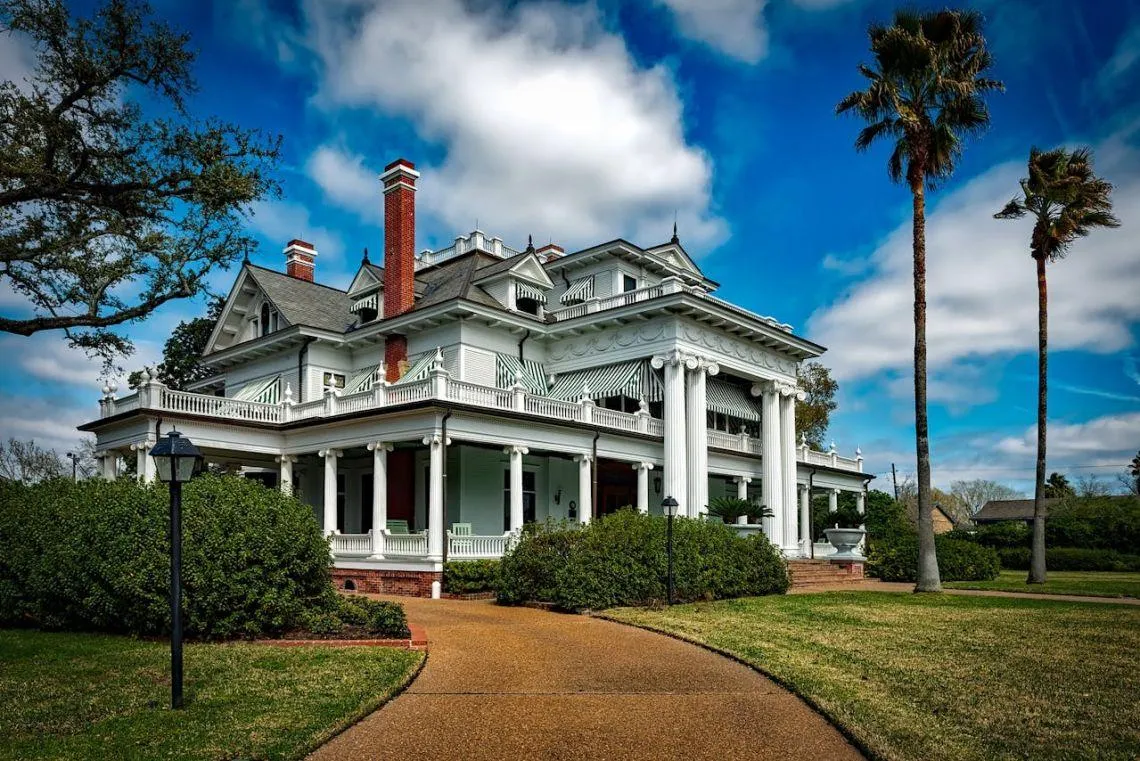
How to Spot a Luxury Home with True Long-Term Livability
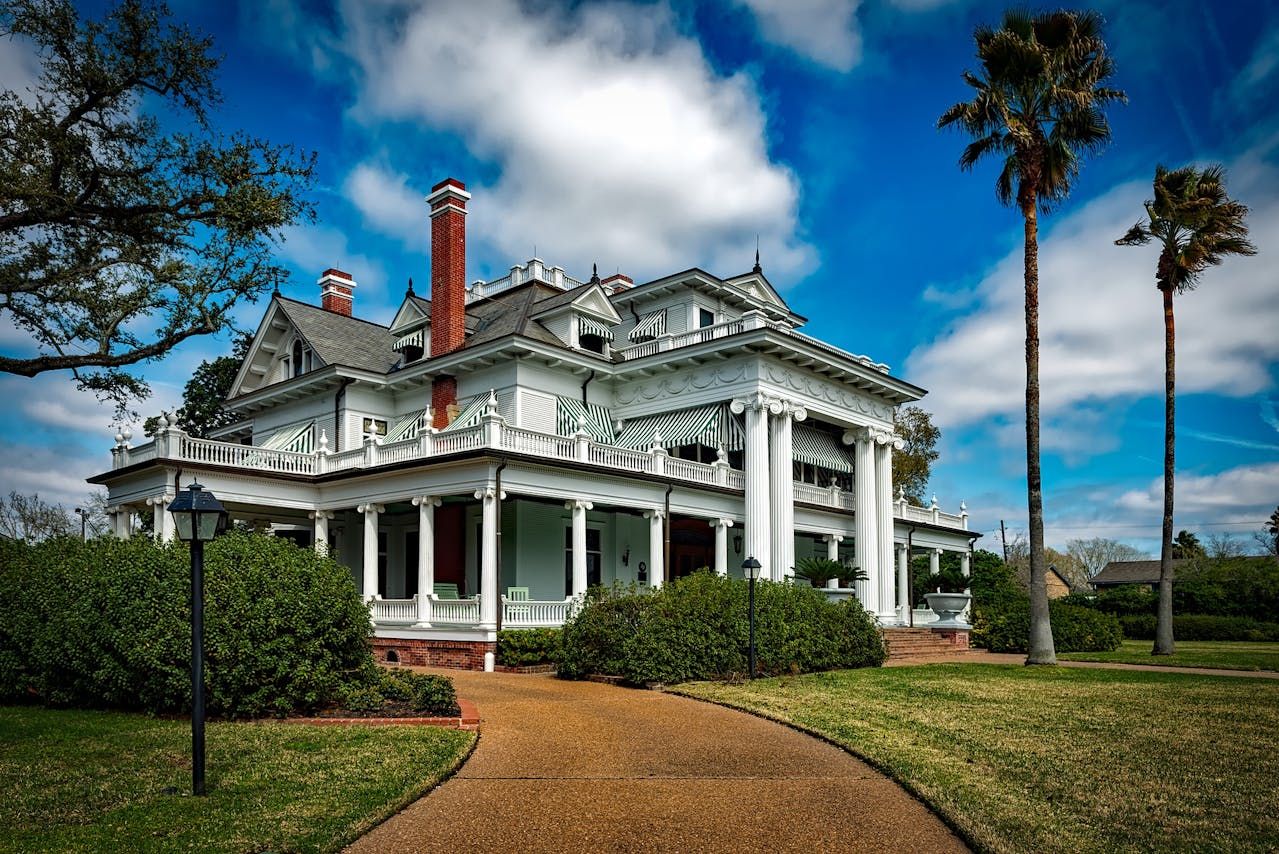.jpg?w=1140)
1. Look at the Layout: Is It Flexible or Fixed?
Some homes impress at first glance but fall short when life shifts. A flexible layout gives you options. Open floor plans feel spacious, but without enough walls or doors, they can get noisy fast. On the other hand, a rigid layout with too many small rooms can feel tight and limiting. Think about how rooms might need to change over time. Can a guest room become an office? Is there a quiet spot for remote work? Extra rooms are helpful, but only if they serve more than one purpose. Avoid homes where key walls can't be moved—those limit your future choices. A smart layout grows with you. It works whether you have toddlers, teens, or in-laws staying over.
2. Storage: The Quiet Hero of Long-Term Comfort
Storage isn’t flashy, but it greatly affects how a home feels over time. Luxury homes without enough storage quickly feel cramped, no matter their size. Look for deep closets, built-in cabinets, and smart shelving in every room. A walk-in pantry keeps your kitchen organized. Garages with space for tools, bikes, or seasonal gear help reduce clutter. Attics and basements add bonus space—if they’re dry, clean, and easy to access.
Think long-term—will this home stay neat after years of living in it? A smart storage plan keeps life simple and calm, and it’s a clear sign of a luxury home with true long-term livability. And if you have trouble relocating luxury items, having plenty of smart storage options can make settling in easier and help keep your valuables safe and organized.
3. Check the Age and Quality of Key Systems
A beautiful home can hide aging systems that cost you later. Always ask about the age and condition of heating, cooling, plumbing, and electrical systems. These are expensive to replace and affect daily comfort. Newer systems run more efficiently and often save money on energy bills. Check the roof, water heater, and major appliances—these wear out faster than you think. High-end finishes can distract from poor foundations, so look beyond the surface. A home that runs well behind the scenes gives you peace of mind and fewer surprises.
4. Smart Use of Outdoor Space
Outdoor space adds real value, but only if it works for your life year-round. A pool might look impressive, but is it practical in your climate? Covered patios give you shade in summer and shelter in winter, turning a backyard into usable living space. Flat, open yards are easier to maintain and safer for kids or pets. Landscaping with native plants cuts down on watering and upkeep. Think about how the space fits your habits—can you cook outside, garden, or relax without hassle? The best outdoor spaces feel natural, useful, and easy to enjoy through every season.
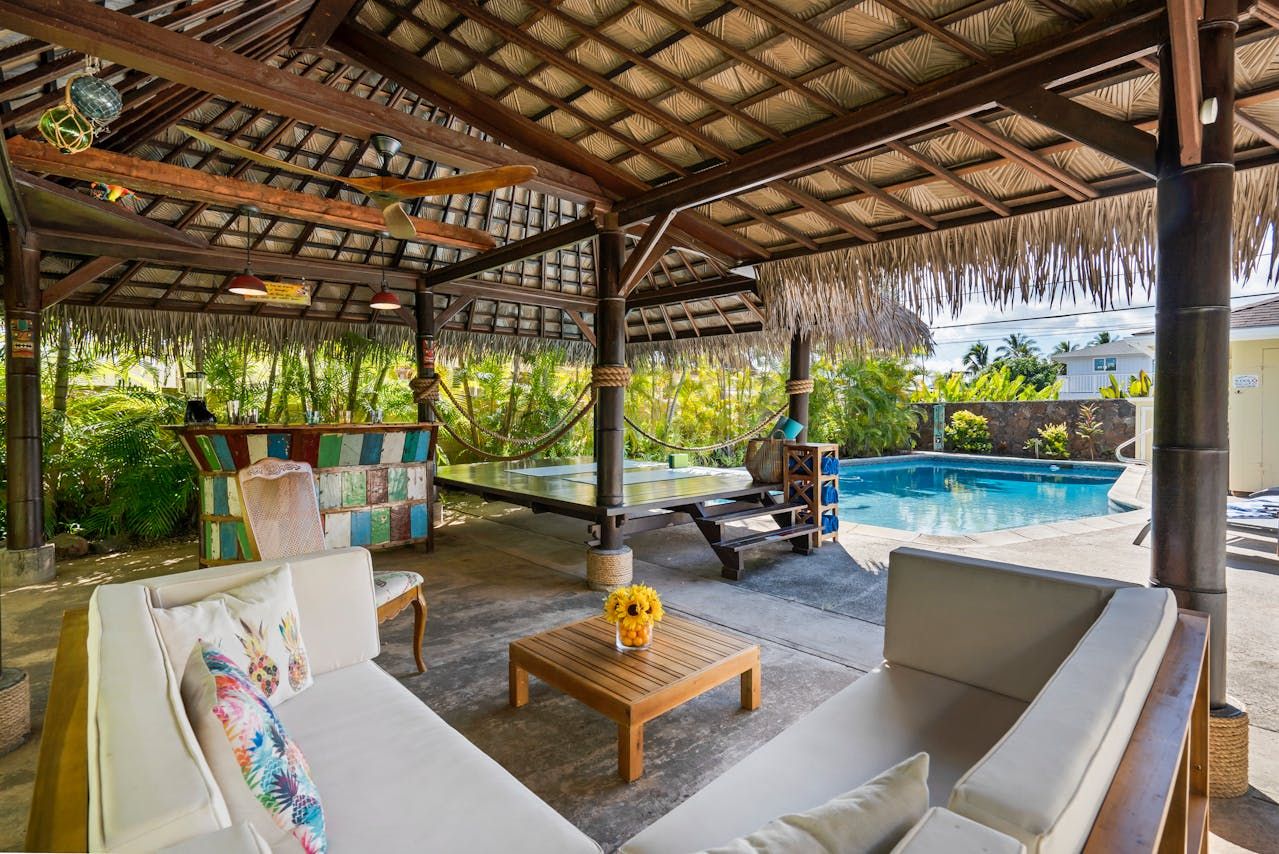.jpg?w=1140)
5. Everyday Convenience: A Necessity for a Luxury Home with True Long-Term Livability
Luxury should make your daily routine easier, not more complicated. Look at how the home supports basic tasks. Is the laundry near the bedrooms, or will you carry baskets up and downstairs? Can you bring groceries from the car to the kitchen without a hassle? Are there enough bathrooms, and are they easy to reach from every part of the house? A great home works with your rhythm, not against it. Walk through it as if you already live there. If simple things feel smooth, you’re likely looking at a space built for comfort that lasts.
6. Accessible Design Is a Smart Investment
Homes that feel good today should still feel good years from now. Wide hallways and doorways make moving around easier for strollers, wheelchairs, or carrying large items. Step-free entries prevent trips and falls, while lever handles on doors and faucets are easier for everyone to use. If the home has multiple floors, see if there’s space to add an elevator later. These thoughtful touches don’t take away style but add comfort for all ages.
7. How Private Is the Property?
Privacy is key to feeling relaxed in your home. Check if fences, hedges, or walls block views from neighbors or the street. Look at window placements—do living spaces face busy roads or other homes? Quiet streets with little traffic make a big difference in peace and safety. Think about noise from nearby businesses or schools. A property that feels private now should keep that feeling as neighborhoods change. True privacy adds value and comfort you’ll appreciate every day.
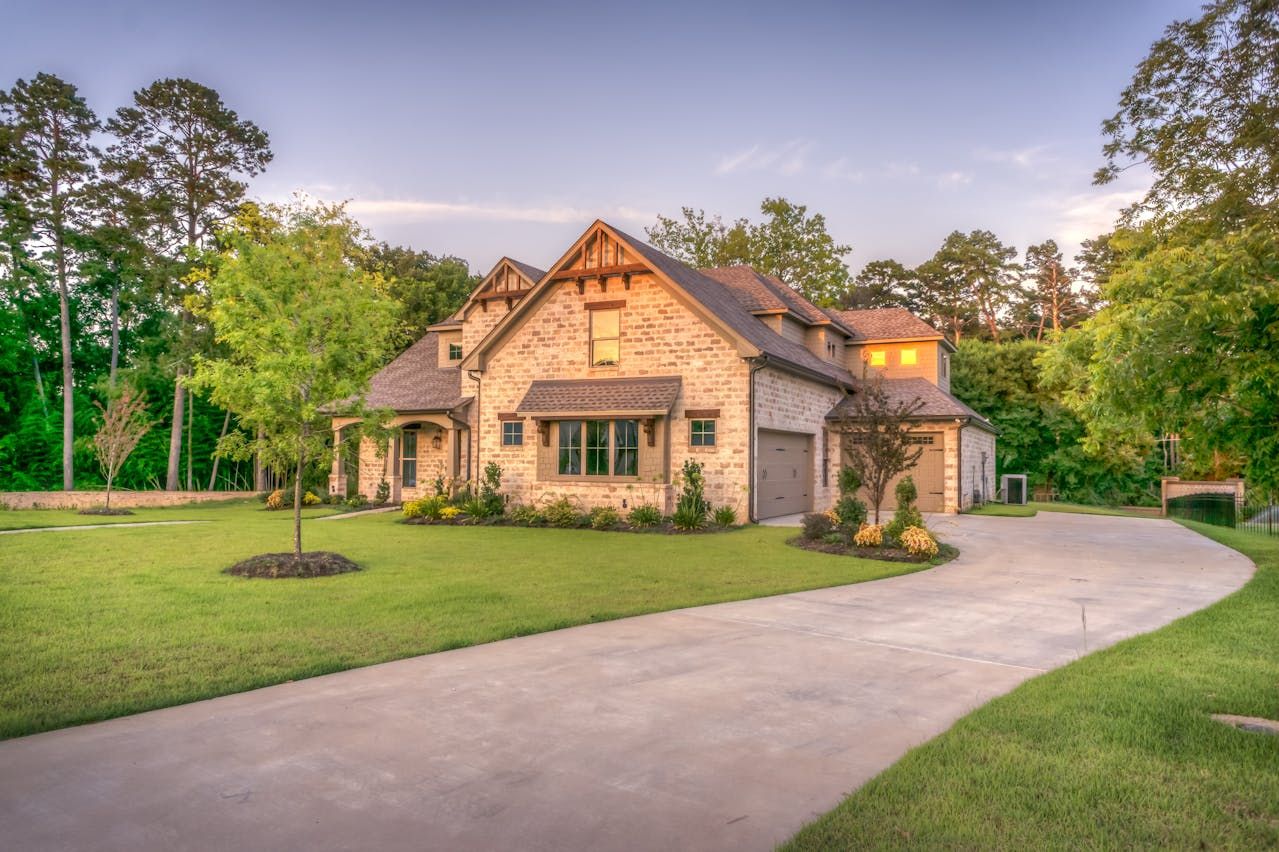.jpg?w=1140)
8. Location Still Matters — But Look Deeper
A great location goes beyond just being close to shops or schools. Check how easy it is to reach hospitals, grocery stores, and your workplace during rush hour. Notice if traffic or construction might cause daily delays. Visit the neighborhood at different times to see noise levels and activity. Think about future changes—will new buildings block your view or increase noise? The location is important because a well-chosen spot supports your lifestyle today and adapts as the area grows, making your home easier to love for years.
9. Don’t Be Fooled by Temporary Trends
Trendy features can make a home stand out, but they don’t always last. Flashy tiles, bold colors, or statement lighting might feel exciting now but could look dated in a few years. Focus on classic materials like real wood, stone, and quality hardware that age well. Neutral colors give you the freedom to update small details without a full remodel. Choosing lasting finishes over trends helps your home stay fresh and inviting without constant changes. This approach saves money and keeps your space feeling timeless.
10. Ask: Could You Age Here Comfortably?
Think about your future needs before deciding. Are stairs steep or narrow, making daily movement hard? Can you reach bedrooms, bathrooms, and the kitchen without climbing too many steps? Is there space to add features like handrails or an elevator if needed? A home that supports you now and later saves stress and costly renovations down the road. Choosing a place you can comfortably live in at every age is one of the smartest moves you can make.
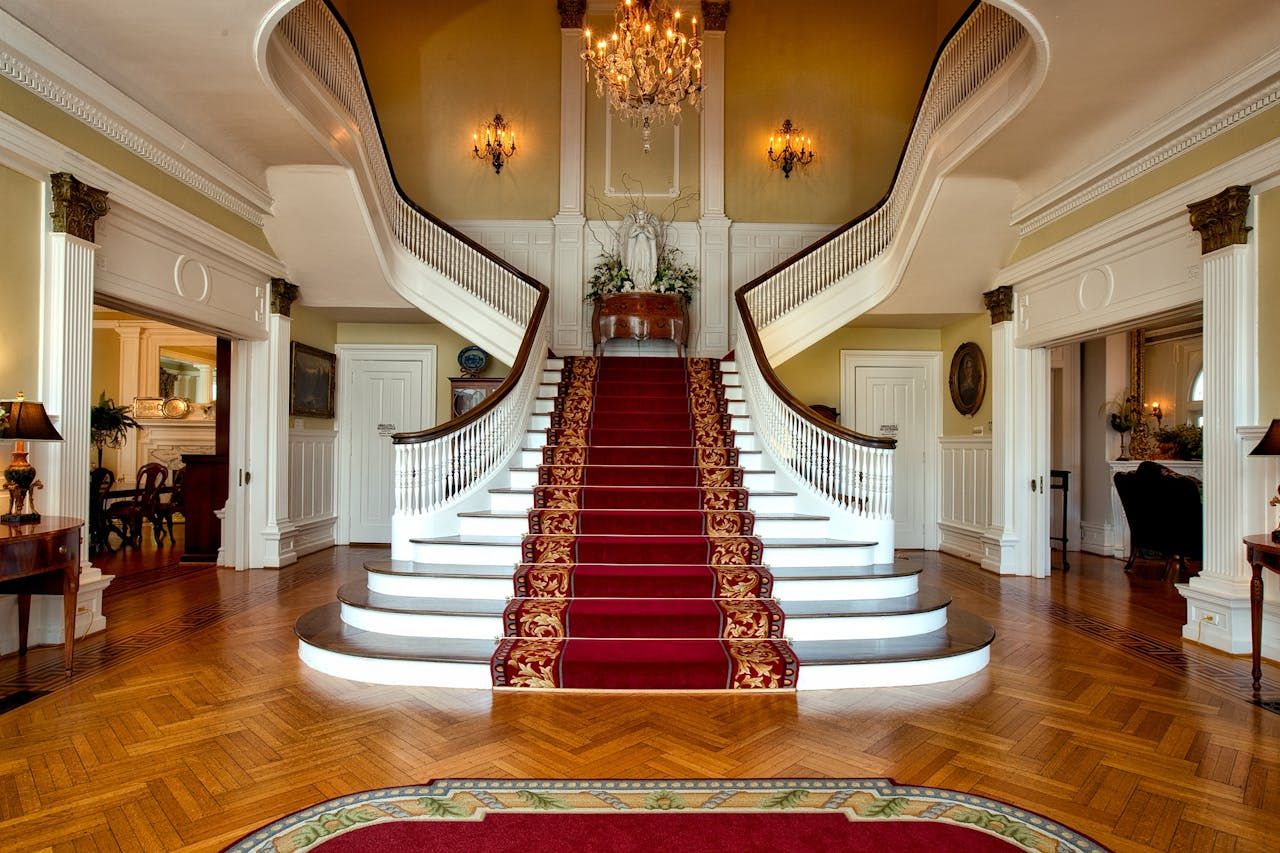.jpg?w=1140)
Luxury That Lasts Feels Good Every Day
A luxury home with true long-term livability does more than impress—it fits your life effortlessly every day. It adapts to your changing needs, offers comfort, and keeps its value over time. When you choose a home built with flexibility, quality, and convenience in mind, you’re investing in more than just a place to live. You’re securing a space that feels like home now and for many years ahead. That’s the real luxury worth seeking.

